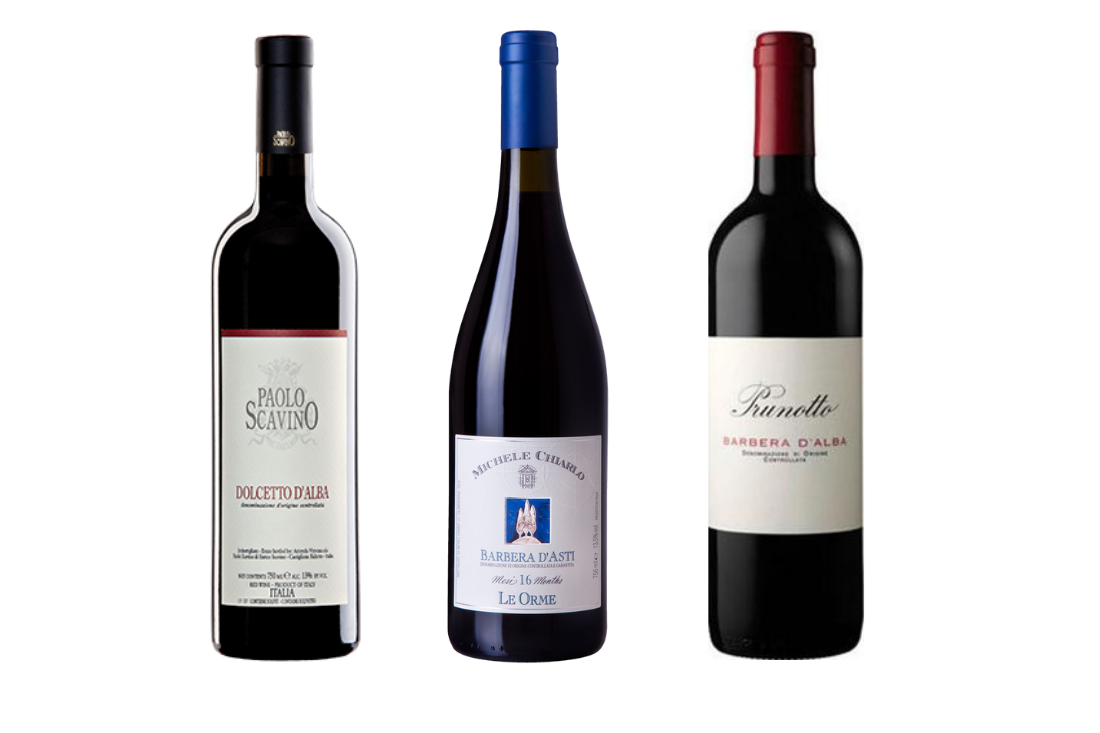
An Italian Autumn: Light Red Grapes Win
Our intrepid drinks writer Tony Cox emerges from his champagne coma to dream of Italian-inspired drops for autumn.
Another bumper summer has come and gone with vast numbers of visitors sunning, surfing, sipping and supping, in general just enjoying what constitutes the classic Noosa holiday.
I couldn’t go past the Champagne Lunch at Noosa Beach House, Sofitel Noosa which was an absolute bargain. Our waiter gladly kept our flutes charged for the two hours and given your scribe was out to consume his weight in Champagne, my recent weight loss saw Sofitel’s Champagne stocks get off lightly.
Launching into autumn and even though our weather stays warm let’s focus on the delights that autumn brings. This season I feel drawn to Piedmont in north-west Italy. Before you get really excited – yes I know you are thinking of Barolo and Barbaresco – let’s wind it back a bit to the other two red grape varieties Piedmont is known for, namely Barbera and Dolcetto.
Barbera is the second most important grape variety after Nebbiolo. It is richer than Nebbiolo, redolent of plums when oak-aged and cherry and red fruits when not, but maintains that typical juiciness and acidity found in Italian wines with low tannin levels. It is also the most widely-planted red variety in Piedmont.
There are two main areas to look for: Barbera d’Alba and Barbera d’Asti. We will look firstly at Barbera d’Alba. Given Barbera ripens earlier than Nebbiolo, viticulturalists realized that they could give the best vineyard sites to Nebbiolo and still ripen Barbera in the lesser sites. Hence, Barbera d’Alba can only ever reach DOC status.
The 2016 Prunotto Barbera d’Alba has floral aromas and bright red fruits, light to medium bodied with clean acidity to close. Given it is autumn, use it to wash down a delicious mushroom risotto.
In Asti Barbera is planted on the best sites thereby giving Barbera d’Asti DOCG status. The 2015 Michele Chiarlo Barbera d’Asti Superiore ‘Le Orme’ features cherry and redcurrant fruit flavours with lingering acidity, its elegance drawn from light soils, predominantly sandy with limestone elements.
Dolcetto in Piedmont gives a totally different wine to that of the $4.99 dolcetto/syrah blends from the Riverina. Despite Franco Conterno of Aldo Conterno calling Dolcetto his ‘sandwich wine’ he is merely pointing out that it is lighter, better suited to an easy lunch rather than taking a swipe at its quality. Dolcetto typically is planted on cooler sites in order to preserve its natural acidity.
The 2017 Paolo Scavino Dolcetto d’Alba has cherry and blueberry notes, lighter bodied with ripe tannins and cleansing acid to close. Perfect with a range of antipasto where that light body and combination of tannin and acid can cut through the oil and prepare your palate for the next morsel.
Piedmont is a wine lovers delight. Just remember it isn’t all Barbaresco and Barolo and it can be a little lighter on the hip pocket.
Cheers and good drinking.



